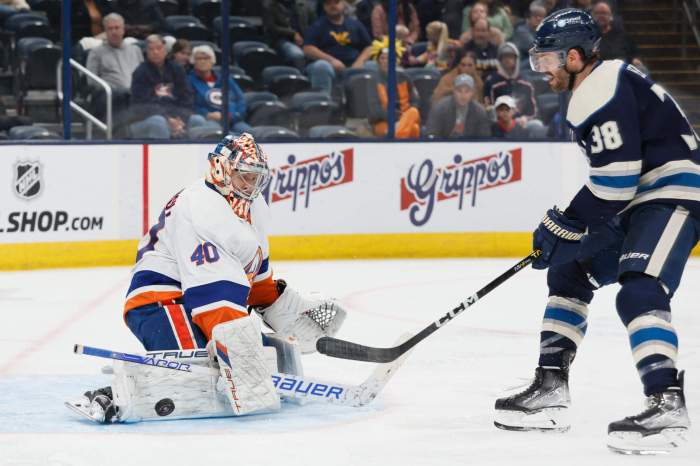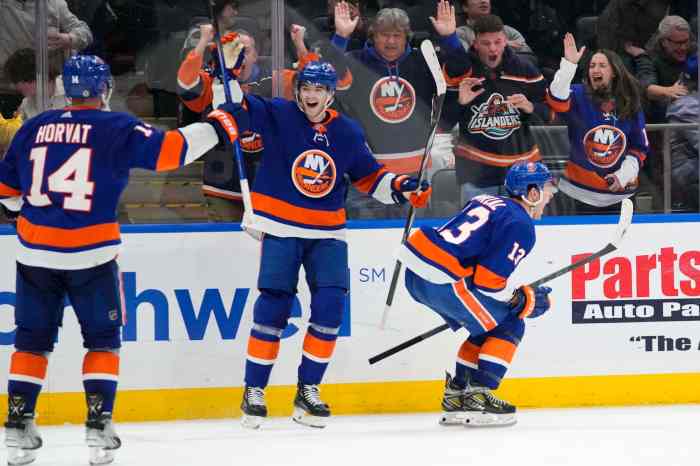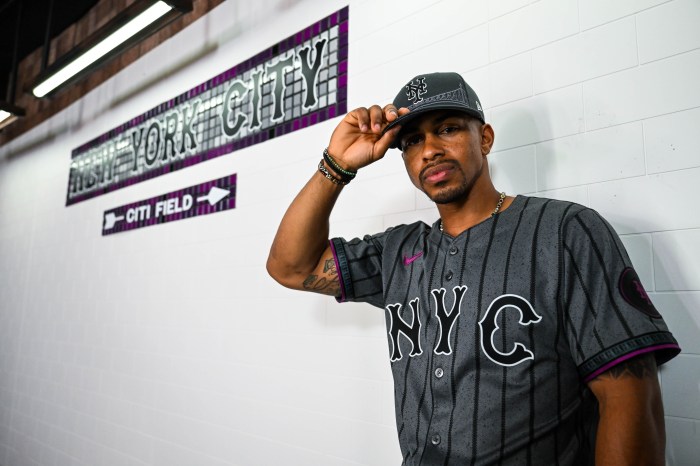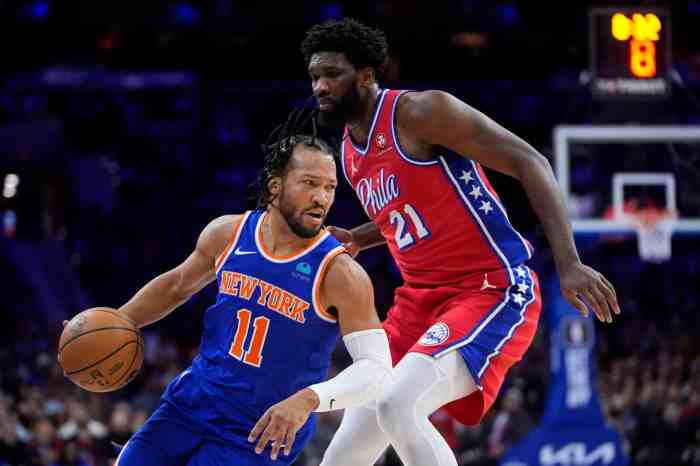Ironically, Matthew Silverman’s first memories of Shea Stadium involve the New York Yankees.
It was the Bronx Bombers, temporary tenants in Flushing in the mid-1970s, during renovation work at Yankee Stadium, who played hosts for Silverman’s first game at the Queens ballpark. However, Silverman makes abundantly clear throughout "Shea Stadium Remembered: The Mets, The Jets, and Beatlemania," which released Tuesday, that his allegiances lie with the old stadium’s primary tenant, the Mets.
“That’s funny,” he said with a chuckle, “I was trying to be objective.”
In fairness, there’s no doubting Silverman’s journalistic credibility. The former managing editor of Total Baseball and Total Football and lead editor for "Baseball: The Biographical Encyclopedia" chronicles the history of Shea in pinpoint detail. Every notable Mets and Jets moment, not to mention other events in the stadium’s lifespan, is included and placed into historical context, in terms of both sports and New York history.
However, Silverman is a Mets man through and through, and his earlier books — most notably, "Shea Good-Bye: The Untold Inside Story of the Historic 2008 Season," written with first baseman-turned-broadcaster Keith Hernandez — have all focused on the city’s National League franchise. Not that Jets and even Yankees fans won’t enjoy "Shea Stadium Remembered," too.
“Shea was a place I went to a lot,” said Silverman, who grew up in White Plains. “And Mets fans like me, whether they came from the city, Westchester, Long Island, New Jersey or Connecticut, we all had something in common, and we got to share that experience at Shea.”
The Flushing stadium opened in 1964 and hosted its final Mets game at the end of the 2008 season. It was torn down soon after and replaced by neighboring Citi Field. While Silverstein acknowledges the new stadium may be cleaner and have better sight lines and food and drink options, it still doesn’t have the history of the old place. That could change if the Mets ever win a World Series in the new ballpark.
“Younger Mets fans may have never been to Shea, and they hear about the park like I used to hear about the Brooklyn Dodgers when I was a kid, so I’d like to think the book is for them as well,” Silverman said.
But would they be surprised that anyone would have any nostalgia for a stadium even the author calls “our dump?” Perhaps Mets radio broadcaster Howie Rose, who Silverman interviewed for the book, said it best: “I didn’t need the extravagant or numerous choices [for food ballparks] have today. All I needed was a pitcher, a catcher, an infield and an outfield.”
For Silverman and Mets fans like him, Shea certainly had all of that and more.

















